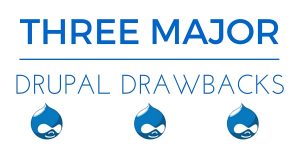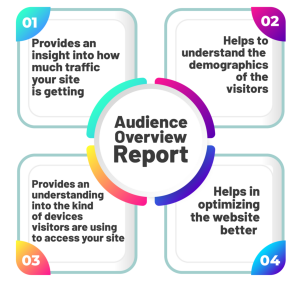Analysis and measurement is foundational for content efficiency.
Content is the main currency for marketers, no matter what their industry, but the overabundance of content available to consumers has left many marketers with the question: How do I analyze the performance of my content?
The question is valid and pressing whether we’re talking about content aimed at producing an outcome like a conversion or form completion, or content which is part of customer service interaction, and whether the content is written or visual.
For Greg Bennett, Conversational Design Principal at Salesforce, content analysis starts with identifying channels that are receiving the most response.
“In the last six months the use of Salesforce’s messaging channel has grown more than 600%,” said Bennett. “Our use of chatbots has increased over 170%, so when you see dramatic changes like that you need to instantly start analyzing the content that is being produced to measure its efficiency.”
Creating content and conversation
During the onset of the pandemic, Salesforce experienced a 50% increase in service cases from its clients. The increase of requests generated a lot of content for Bennett and his team to review.
For Salesforce increased content meant an increased use of Einstein AI for chatbot services, ensuring that all new content created fit the Salesforce corporate style guidelines, and reviewing processes and patterns of conversations to increase efficiency and problem resolution.
“In content analysis we focus on the follow-up with customer requests and patterns of usage and conversation because those are trends we can immediately correct if we see any inefficiency,” said Bennett, a linguist by training from Georgetown University. “It is not just the subject of content in a channel, but the average handling time of content in the same space or the action taken from content in a marketing space.”
The new attention being paid to content and conversational analytics and analysis has sped the industry ahead into a new level of scrutiny that is here to stay, according to Meggie Giancola, Head of CPG Sales and Strategy for Valassis, a marketing technology and consumer engagement firm.
“Now marketers are really measuring content on how much it correlates to brand value, and the past six months has brought us to a place in analytics that normally would have taken five years,” said Giancola. “How content is being used to motivate shoppers is much different than when this year started, so your analysis and measurement has to change.”
Content analysis and measurement needs to focus on the specific shift in consumer behavior and mindset that has occurred.
In particular, has the content caused an increase in purchasing for lower-priced products and services because of the economic crisis? Has it led to an increase in consumer feedback about current campaigns, or increased consumer engagement about COVID-related services or promotional pricing?
“Every analysis is different. So as long as the analysis is data-driven that is a quality start,” said Giancola. “When you are seeing a high volume of content or impressions with minimal purchasing you need to ask if it is a content issue, brand issue or pricing issue.”
Quantifying content
For Salesforce their current service requests come 42% by chat, 37% by phone and 21% by chatbot. The increased use of chatbots has led to Bennett and his team to closely scrutinize and measure chatbot performance.
“Measuring marketing content to extend and prolong engagement is less of a race and more of a marathon,” said Bennett. “If the content is for a service request you want minimal content that leads to a shorter waiting time that increases consumer satisfaction.
As a marketer you have to separate the quality of service from the quality of conversation when measuring content. You could have great content in a conversation, but not resolve the original issue.”
When possible, content that is about a specific product or service should be measured against itself, even if the last measurement happened pre-COVID. Disparities in the two measurements should be easily explained away with new variables that have entered the market since the COVID outbreak.
Video as a vehicle
As video content surges in demand throughout nearly every industry, the way that it is analyzed and measured has to change, too. Aside from the obvious measurement including views and reposts, the popularity of short-form videos has created a new urgency in content analysis and measurement.
“Now that short-form videos are used as fundamental pieces of marketing campaigns, they need to be treated as such,” said Jon Niermann, co-founder and CEO of Loop Media, a streaming media company focused on video content. “The days of judging videos solely on if they go viral is over.”
Niermann says the foundation of measuring video content should be making sure that it triggers an emotional response, with a clear call to action or desired response. While short-form video is the most popular form of the content, there will always be a place for long-form video content, but analysis and measurement needs to be equally scrutinized.
“Clearly distinguish between how you are going to measure short-form video content compared to long-form video content, even if its about the same subject,” said Niermann. “We recommend daily reports of where and when the videos are playing, who is playing them, and the actions they are creating. As a general rule everyone should be reviewing their video performance more than they currently do.”
Content counts
So when measuring content, it’s important that the analysis is comprehensive in order to identify inefficiencies and opportunities to enhance promotions, services or products.
“Assets and content of the conversation experience will see even more in-depth analysis moving forward, there will be no change in that,” said Bennett. “Be able to scale your content quickly if you have to, but never stop ongoing analysis for a more efficient process.”
This story first appeared on MarTech Today.
Marketing Land – Internet Marketing News, Strategies & Tips
(15)
Report Post








